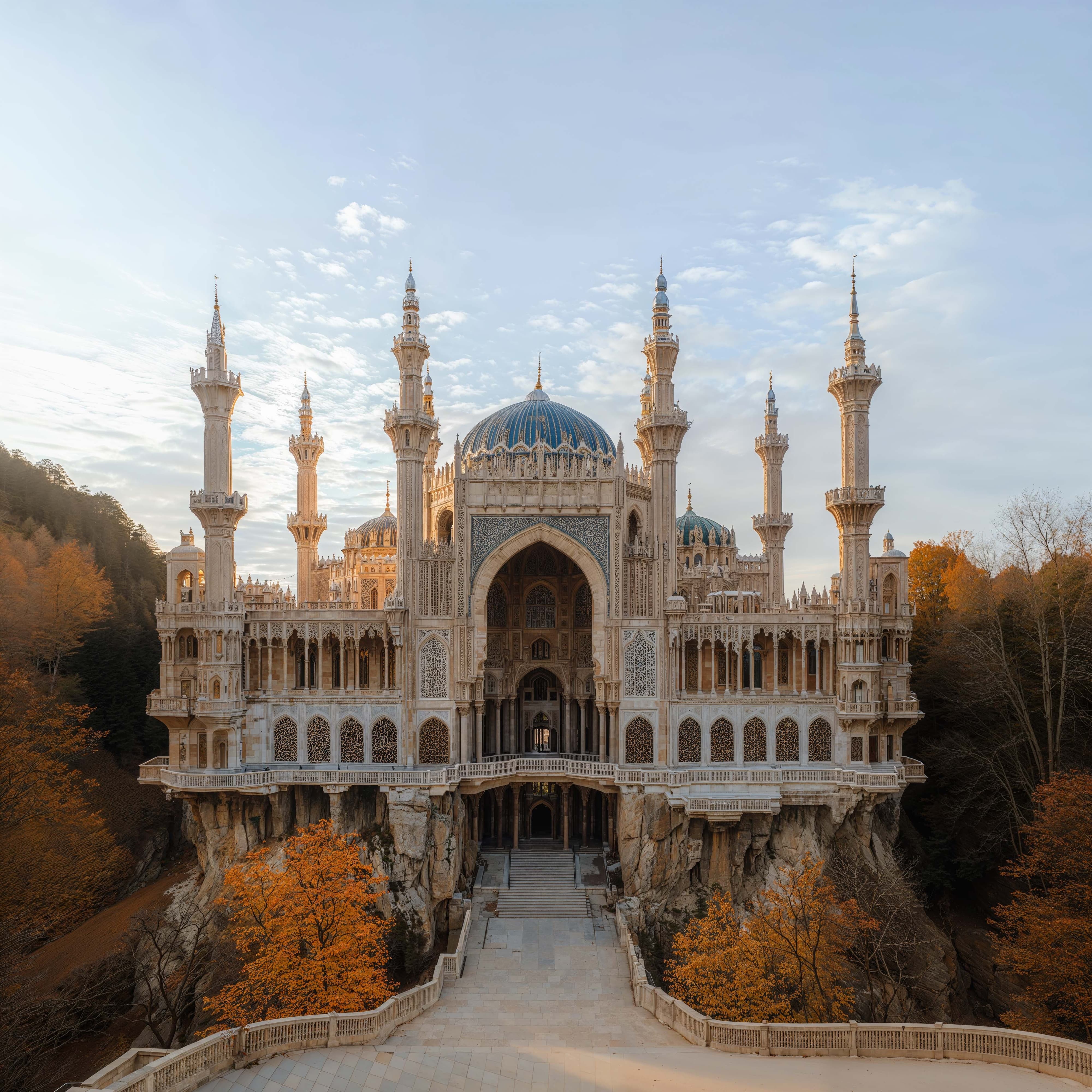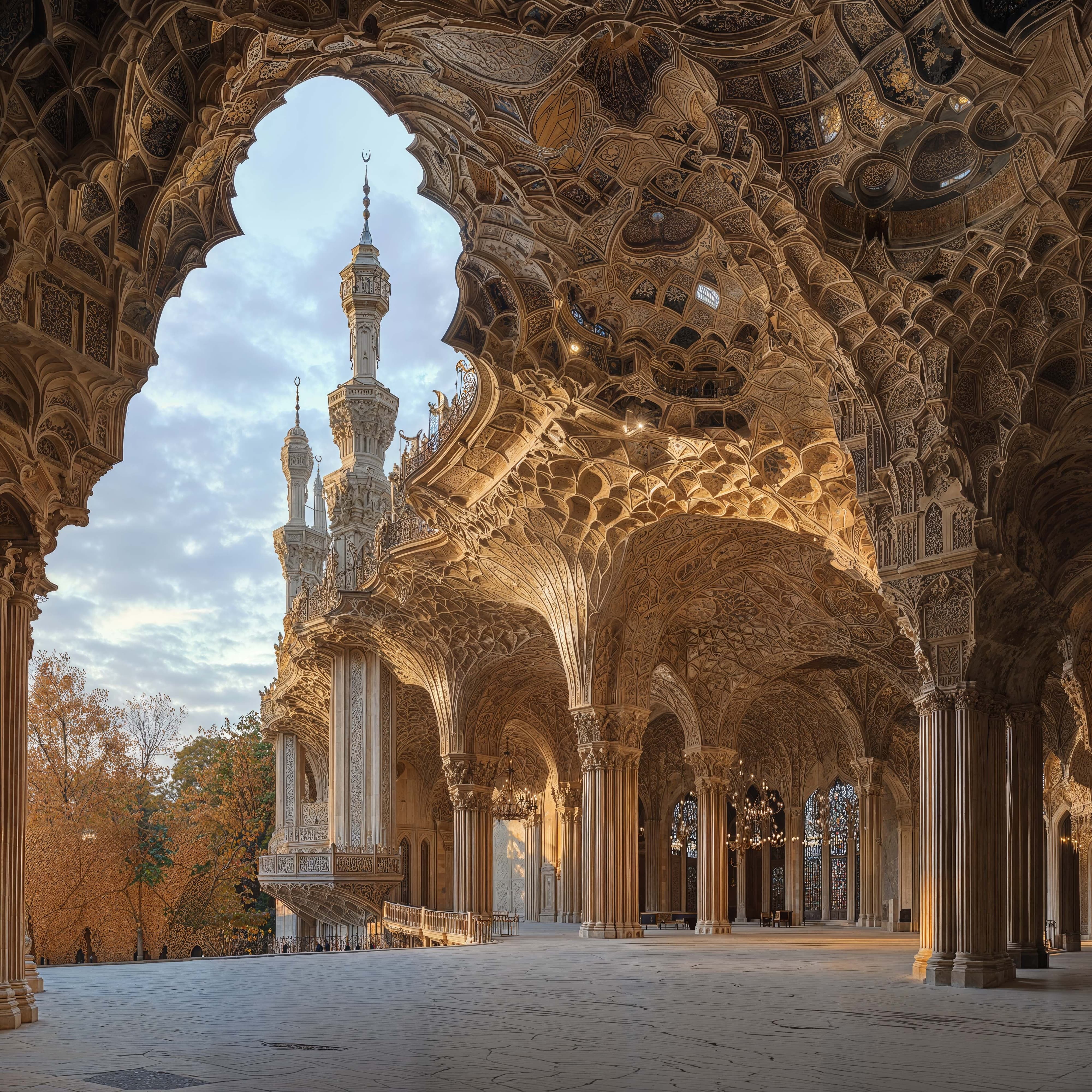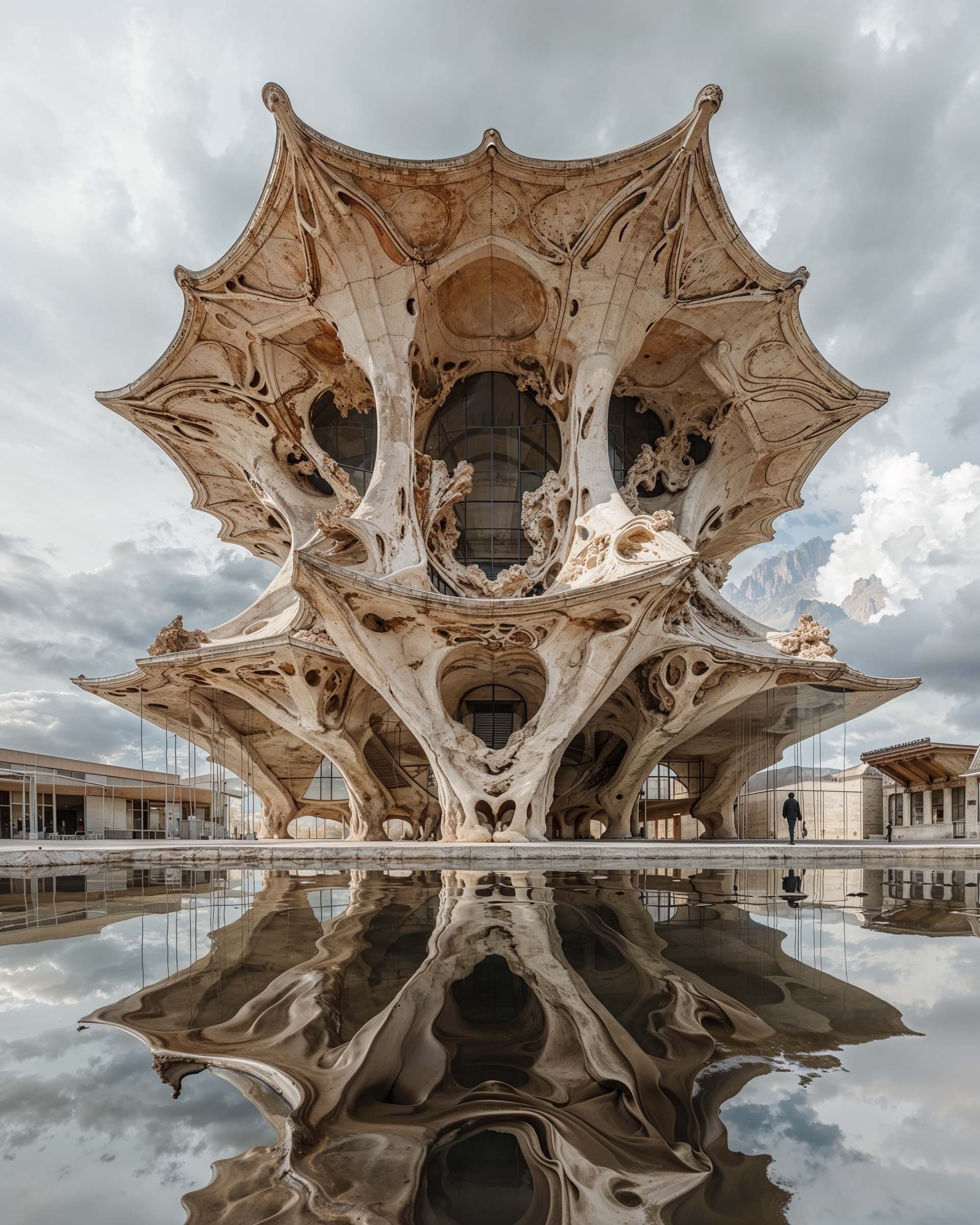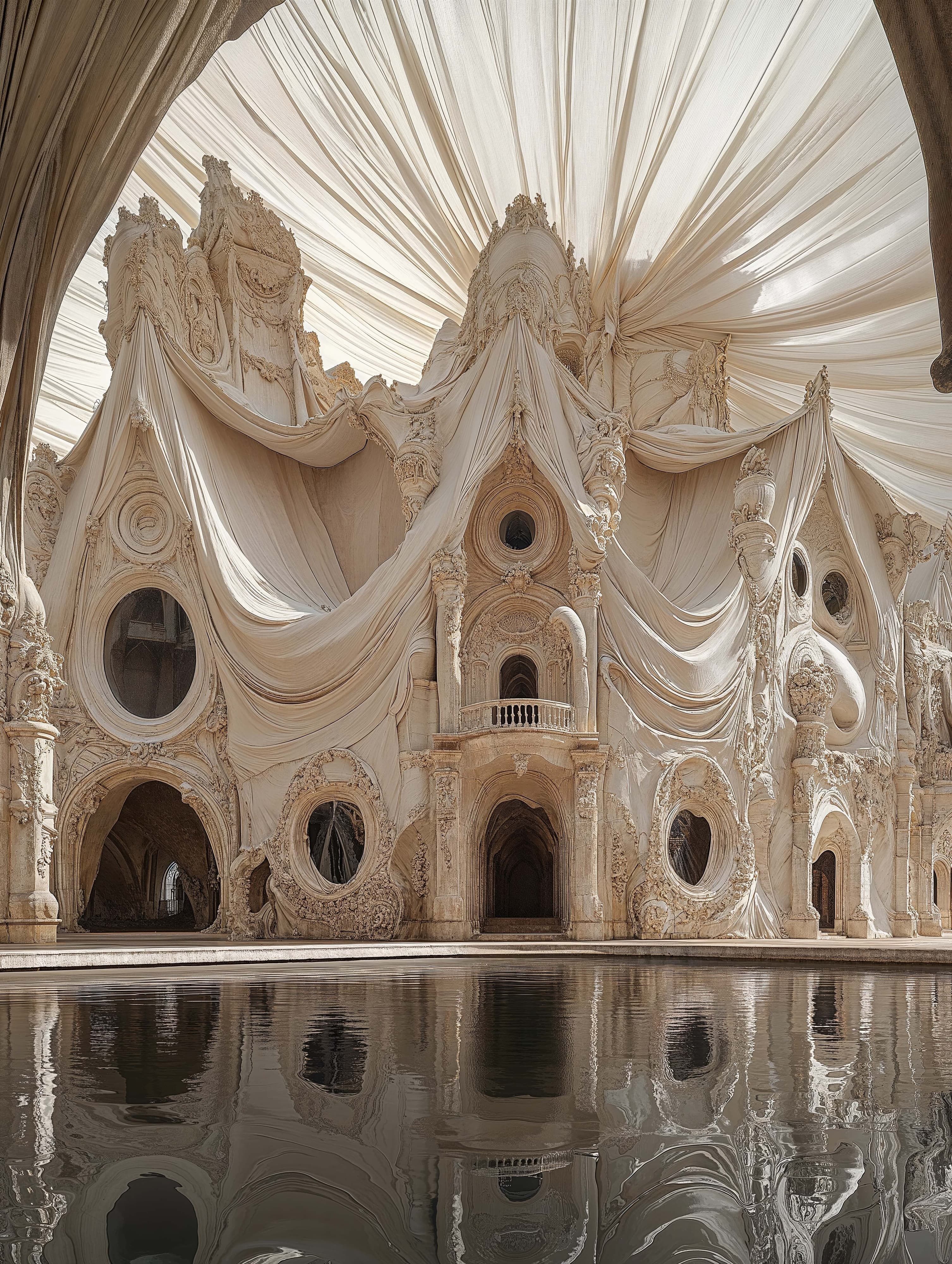
09 May 2025
As architects and designers, we find ourselves in particularly fortunate positions. Every day, we are surrounded by colleagues, counterparts and others who are intrinsically creative at their core.
Our industry continues to evolve as the years pass by. The adoption of technological elements has furthered creativity and the rise of AI in recent years means it is becoming an increasingly important part of our every day.
The adaptation and adoption of AI elements will help us conclude what role it plays, as well as how our role as humans change alongside this. Here at CPMG, we’re lucky to have part 2 architectural assistant Qasim Iqbal with us, who has immersed himself into the world of AI design and recently become an award-winning AI designer, being recognised at the AI Design Awards.
We recently caught up with Qasim on his AI success and his thoughts on the role of AI in the world of architecture.

How were you introduced to AI design?
Throughout my studies at Nottingham Trent University, I often steered away from elements of AI design as it started to become increasingly popular. My view as a budding architect and designer was that to falter through the use of AI may reduce the depth of skill expected of a true architect.
However, as many began to throw caution to the wind, dipping my toes into the world of AI design, I began to use platforms to generate ideas for my work. With this initial approach, I found that there was no reduction in skill, and if anything, my abilities were only enhanced – not restricted. From here, my opinion began to change as I became more involved and skilled with these tools and since then, my skills have kept evolving exponentially.
It is worth noting here that AI absolutely has it’s place as a design tool, for me anyway. My focus became the creation of my ideas that pushed the boundaries of architecture, allowing me to bring my ideas to life, rather than utilising it for everyday architecture work.
This is where my appreciation for it grew from, and over the years I have been able to hone these skills, before being honoured by recognition from the AI Design Awards for my work – something that I am incredibly proud of.
How much is AI used currently in general architecture work?
AI use is certainly growing in day-to-day architecture work, but it has a way to go, as does any adoption of new processes.
It’s important to just dive in, have a go and be open to learning, which are luckily characteristics that are consistent across our team here at CPMG.

Where do you see the adoption of AI going within the industry?
AI and tools such as Midjourney are becoming increasingly popular, with the whole concept of AI being considerably championed in our industry and across many others. My expectation here is that we will miss the human touch element to design, and therefore human inclusion will see a positive spike.
AI needs to act almost as a co-designer, with human regulation still very prominent. AI tools don’t abhorrently work to remove the need for human inclusion, with many tools giving the option for sketches to be uploaded and then brought to life through the tool. The removal of the human element is instead a choice. This is interesting, as some suggest sketching has become a dying art, yet here, it could be suggested AI is supporting skills development by pushing for sketch inclusions.
What benefits does AI have in everyday architecture work?
AI in architecture is more than just the design possibilities it offers; it also gives scope to a range of other possibilities including project management, streamlined workflows, collaboration, and sustainability. The opportunities for project delivery are especially valuable due to the error reduction and automation options it can bring.
However, I also recognise that there is currently a certain lack of control with AI tools. There is a creative license to AI implementation, meaning that when I am designing I can allow the AI tool to run with my ideas and have that freedom to turn my ideas into something more. However, within project work within the industry, this creative license may not be as flexible and there will be certain standardisations and parameters to stick to. This is where AI visual work is restricted, and where humanisation is still so important.

What’s next for you?
I’d never have expected to have been recognised for my AI design work, and it has truly spurred me on to continue on this journey, to grow my skills further and support the team here at CPMG in incorporating AI where we can into our everyday.
Collaboration is an integral part of who we are, with our people a top priority within our ethos. Through our individual skill sets, whatever they may be, we’re able to work collaboratively to push each other further, to develop our skills and be the best we can be within an industry that is consistently evolving.
Find out more about Iqbal and his award win through his LinkedIn here: https://www.linkedin.com/in/mohammadqasimiqbal/
